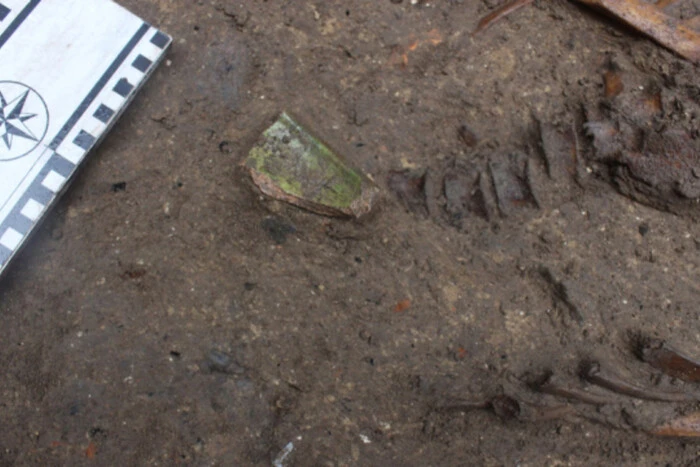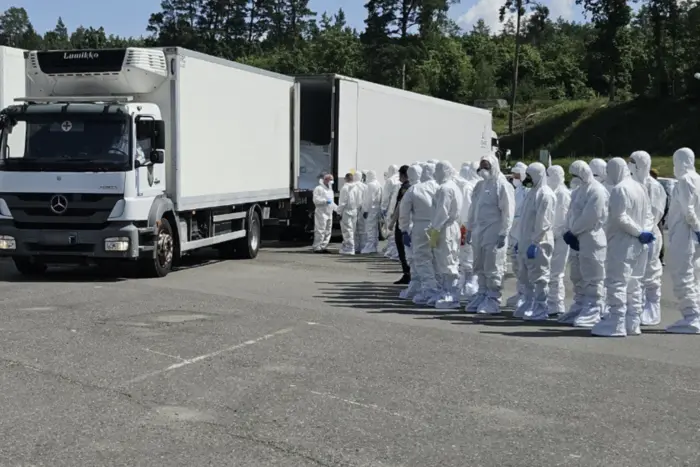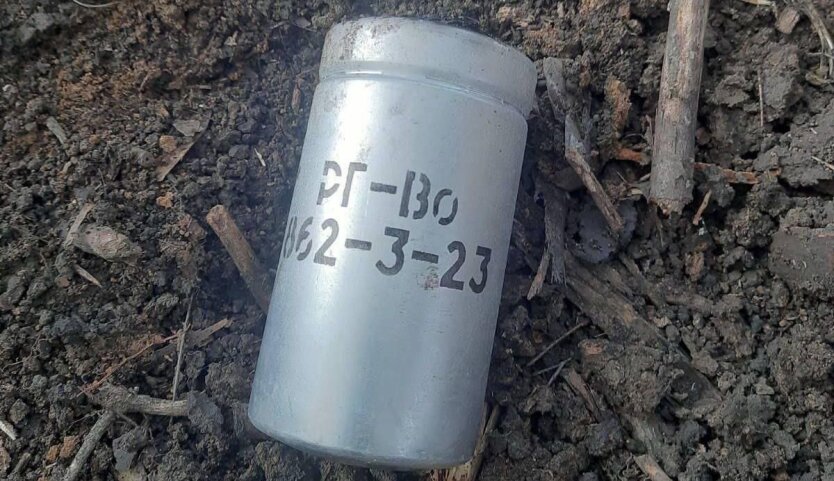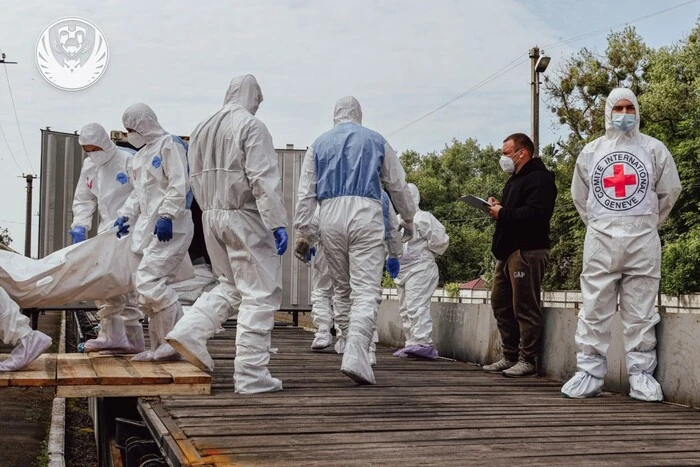Archaeologists discovered remnants of the first construction period of the Walls in Vinnytsia.


During archaeological excavations in the 'Walls' complex in Vinnytsia, traces of the first construction era were found. According to senior researcher Pavlo Nechytailo, archaeologists discovered a burial site from the 17th century and a significant layer of broken bricks and pottery dating back to the 1630s.
A lime pit used for producing building mortar was also found. According to archaeologists, this material was used to construct the first buildings in Vinnytsia.
Research on the 'Walls' was conducted in 2013-2015 and in 2018 under the direction of Larysa Vynohrodska and Olha Manihda. The complex includes the buildings of the Jesuit monastery, Jesuit church, collegium, convent, and Dominican monastery and church.
Currently, these buildings house the regional local history and art museums, the state archive of the region, the Cathedral of the Transfiguration of the Lord, and a technical lyceum.
Research and Restoration
Doctor of Historical Sciences Oleg Malchenko also participated in the studies. According to the chief architect of Vinnytsia, Yevhen Sovynskyi, the city council regularly orders archaeological excavations to study the cultural layer of the city. It also allocates funds for the restoration of cultural heritage objects.
They are currently waiting for the archaeologists' report, after which a decision will be made regarding the museification, conservation, or artistic restoration of this part of the 'Walls'.
Read also
- Russia is preparing a provocation regarding the exchange of prisoners: date announced
- A Mobilized Man Fell from a Truck During a Trip to the Range in Lviv Region
- Ukraine has completed the repatriation of the deceased under the Istanbul agreements
- The Ministry of Culture named the number of victims among artists and media workers during the full-scale war
- Occupants are using chemical weapons on the Siversky direction
- IPSО at the final stage of exchanges: Russia will try to 'push' fake lists of the dead










